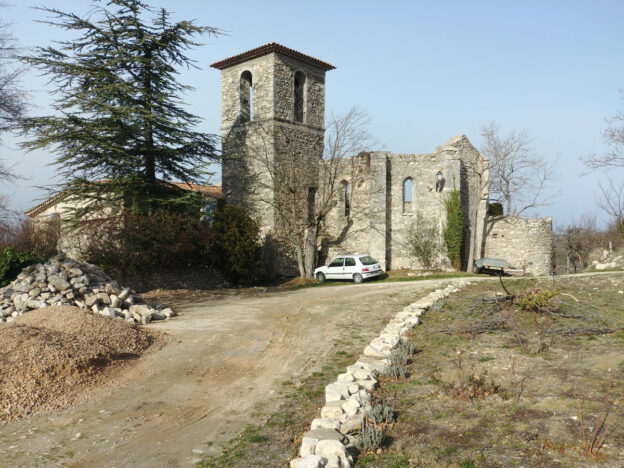In the Durance valley, water management has been a factor in economic development, mainly in the agricultural domain, and developments linked to this activity have shaped the landscape considerably. This shared patrimonial asset is, however, unknown to the majority of the region’s inhabitants who consider it natural and acquired, forgetting in particular that these gravity irrigation canals contribute to the aquifers used for drinking water and, locally, for watering gardens.
The challenges of the commission:
Beyond communicating the existence of a patrimony and its impact on the present, members of the CED (Durance Executive Commission) and ASA (s) (Authorized Irrigators Trade Unions) wish to highlight the positive resonance of a truly united network of professionals acting with regard to the wider public good.
The purpose of the commission is to make the entire local population – particularly the younger generations – aware of the joint challenges of agricultural activity, drinking water and landscape heritage. The ecological richness of this region is created by the presence of water and functioning canals: These artificial structures are continually maintained and perfected to minimize risks. In a period of climatic change, collective water management sets an example in terms of impact, whether in rural or urban areas.
Commissioners: ASA(s), Manosque and Carpentras are the active monitors of the commission with other ASA(s) volunteers, accompanied by Jerome Grangier, former president of the CED and farmer in the Bouches du Rhône, Denix Baudequin and Patrice Devos, General Engineers for bridges, waters and forests.

